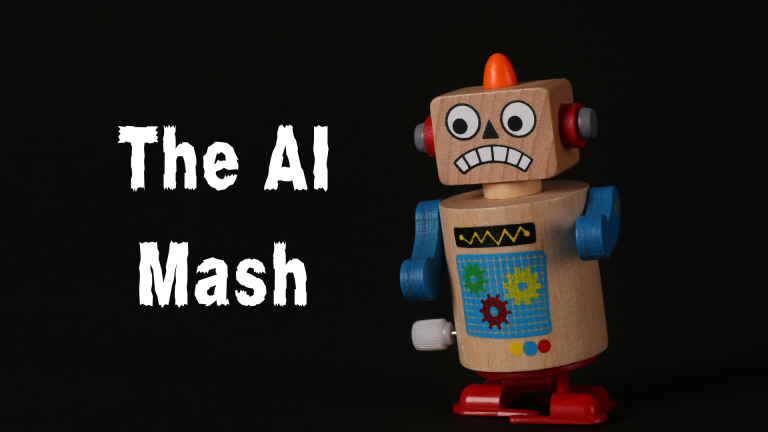You Can’t Automate A Broken Process
Many years ago, I taught foreign languages, Latin and Greek only, but they count.
Ironically, before my students could learn how to conjugate a Latin verb or translate a Greek passage, I often had to start with English grammar. If the students didn’t understand subject, verb, and object in English, it would be impossible to teach it in another language (especially a language where word order doesn’t dictate function).
They needed to understand the structure of their own language before they could make sense of another one. Once they grasped the logic of how sentences and syntax worked, learning Latin became much easier.
That same principle applies in the world of AI and automation.
Before Automation, Comes Understanding
When I help a customer develop an AI and automation strategy, our first task isn’t building workflows or choosing tools. It’s understanding how things currently get done.
That means sitting down with teams and asking:
- What are your daily processes?
- What triggers each step?
- Who owns which task?
- Where are the delays or bottlenecks?
Those questions may sound simple, but the answers often reveal a lot of hidden complexity… and sometimes confusion. Processes that have “just worked that way for years” often turn out to be patched-together habits rather than designed systems.
Automation Amplifies Whatever Exists
It’s a tempting belief that automation will fix inefficiencies.
But it doesn’t.
Automation amplifies whatever process it’s applied to, good or bad.
A broken process becomes a faster, more consistent way of making mistakes.
For example:
- A support team that routes tickets manually may want an AI system to triage requests. But if ticket categories are inconsistent or unclear, the AI will misclassify them faster than ever.
- A finance department that automates invoice approvals might save time, but if the approval rules aren’t defined clearly, the automation will create confusion at scale.
- A customer onboarding process that hasn’t been updated in years may look efficient on paper, but automating it without reviewing the steps could lock in outdated workflows indefinitely.
In each case, automation didn’t cause the problem; it just exposed it.
Step One: Process Clarity
Before jumping into automation, take the time to map your current workflows.
That exercise alone often reveals surprising insights:
- Redundant or outdated steps
- Multiple people approving the same action
- Data collected that no one uses
- Bottlenecks caused by unclear ownership
Once the process is visible and well-understood, you can decide:
- What should be eliminated
- What should be simplified
- What should be standardized
- And finally, what should be automated
That’s the foundation of a healthy automation strategy.
Teaching the Machine
In a way, automation is like teaching a student. You’re teaching a system to perform tasks the same way every time, based on what you’ve modeled for it.
But if your “grammar” is wrong (if the process is unclear, inconsistent, or inefficient) then the machine will learn that too.
Before you teach the machine, you need to make sure the underlying process makes sense. The goal it’s to go smarter, not just faster.
The Payoff of Getting It Right
When processes are cleaned up and clearly defined, automation delivers tremendous benefits:
- Efficiency: Tasks happen faster with fewer errors.
- Consistency: Everyone follows the same reliable path.
- Visibility: You can track where time and effort are spent.
- Scalability: Growth doesn’t require adding more people for every new workflow.
And perhaps most importantly, your teams regain focus. They stop firefighting and start innovating.
That’s when AI becomes a true partner in the business; not a patch for broken systems, but an amplifier for well-designed ones.
Final Thought
Whether it’s teaching Latin or building an AI strategy, the principle is the same:
Before learning the new language (or teaching the machine or automating the process) you have to understand your own grammar first.
You can’t automate a broken process. But once you fix it, automation can take you further than you imagined.







